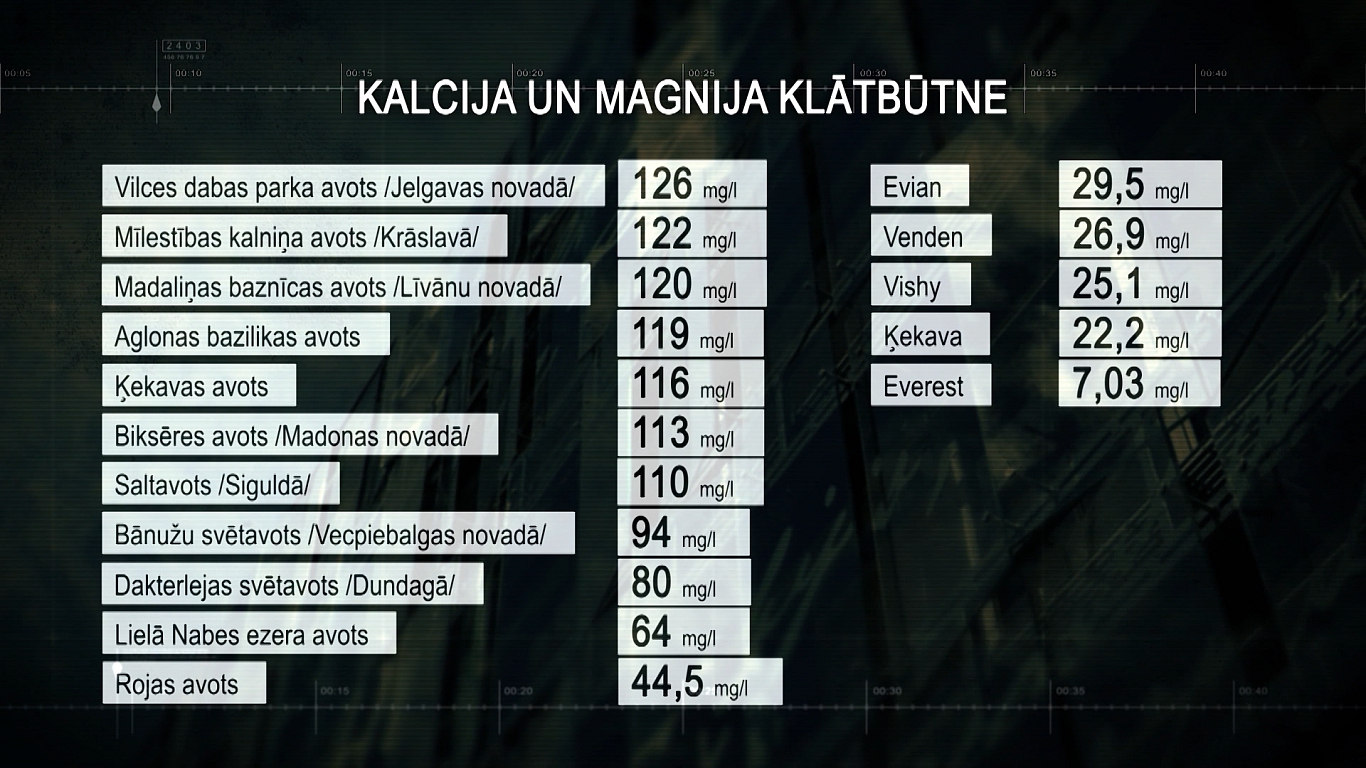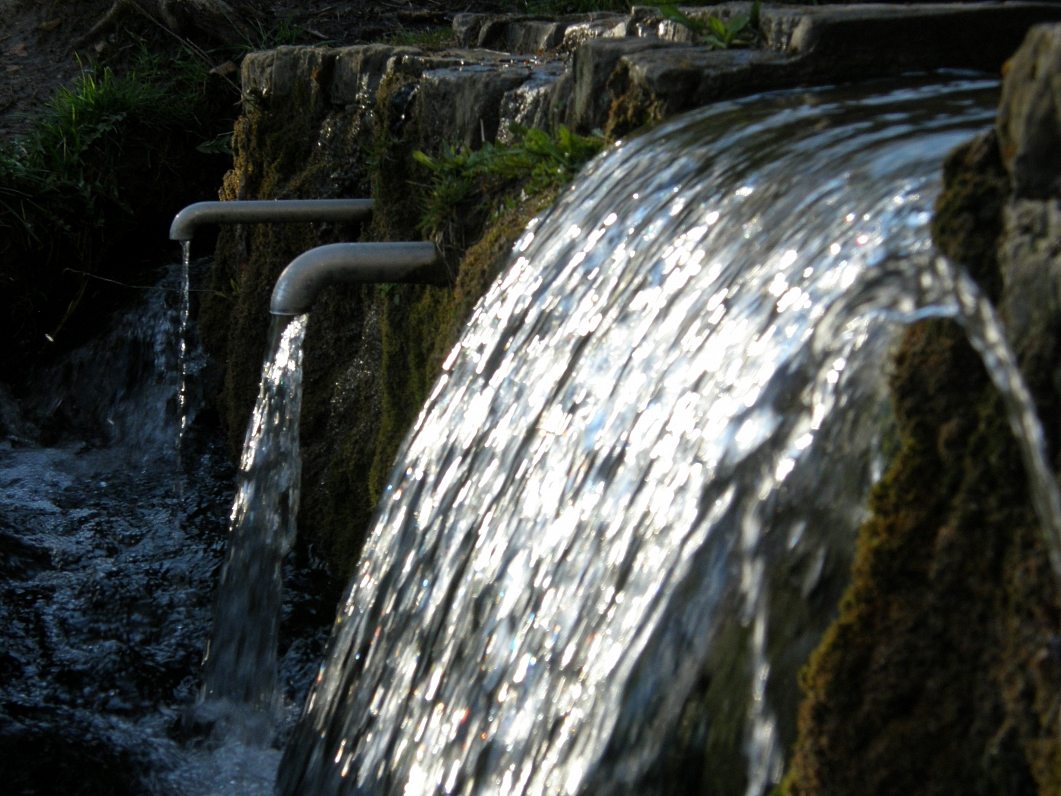Journalists from the show took samples from 12 popular public springs across the country and had them analyzed in a laboratory. The results showed that only five would meet official standards of what constitutes safe drinking water.
The unsafe sources displayed problems including the presence of e-coli bacteria to other coliform bacteria that could cause intestinal problems without being boiled before consumption.

Local municipalities and their water departments displayed a range of attitudes to water purity and responses to the show's findings.
For example, despite Aglona being associated with miracles, its council showed a pragmatic and scientific approach, saying water was tested annually for quality and potability to ensure it was safe. This was backed up by the journalists' findings, which gave Aglona's water a clean bill of health.
The municipal water company in Kuldiga in contrast said it had no responsibility for spring water and that the spring tested nearby "came from God".
The presence of E-coli and other coliform bacteria is the result of contamination by human or animal faeces, according to Riga Technical University professor Tālis Juhns. The worst of these bacteria can cause intestinal diseases, the symptoms of which are most often abdominal pain, vomiting, and diarrhea. Children can also have very high temperatures.
The investigative team also tested for levels of calcium and magnesium in the springs, which in all cases turned out to be several times higher than those typically found in bottled mineral waters found in stores. However this is not a cause for concern but may help explain why many people prefer the taste of spring waters.

More good news came with confirmation that none of the tested sources showed excessive amounts of iron. Coming in below 0.02 mg/l in all cases, the figure is actually lower than tap water in the city where old pipes and cisterns can sometimes raise iron levels appreciably.

The picture with regard to the presence of salts (measured by electrical conductivity) was very varied, and again helps explain why enthusiasts of spring water insist every source has its own distinctive taste.






























